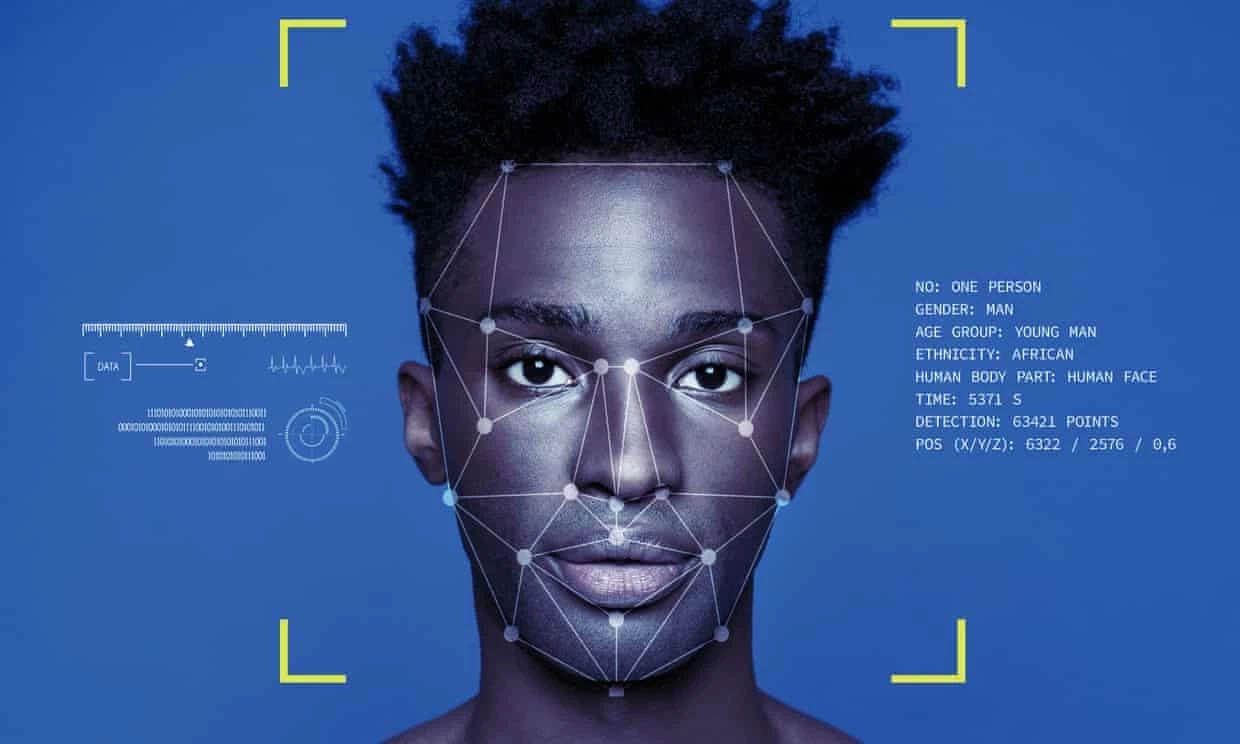现如今,人工智能越来越多地出现在我们的生活中,为我们带来便利的同时,它的发展也存在一定的争议,例如与隐私、法律、道德伦理的冲突。
针对可以“读懂”情绪的人工智能系统,心理学家给出了他们的一些看法,一起来看看吧!
Artificial Intelligence (AI) systems that companies claim can “read” facial expressions is based on outdated science and risks being unreliable and discriminatory, one of the world’s leading experts on the psychology of emotion has warned.
一位研究情感心理学的世界顶尖专家警告称,某些公司声称可以“读懂”面部表情的人工智能技术是基于过时的科学,存在不可靠和具有歧视性的风险。
Lisa Feldman Barrett, professor of psychology at Northeastern University, said that such technologies appear to disregard a growing body of evidence undermining the notion that the basic facial expressions are universal across cultures. As a result, such technologies--some of which are already being deployed in real-world settings--run the risk of being unreliable or discriminatory, she said.
Northeastern大学的心理学教授丽莎·费尔德曼·巴雷特表示,此类技术似乎无视越来越多的证据,破坏了基本面部表情在整个文化中普遍存在的观念。她说,结果就是,这样的技术(其中一些已经在实际环境中部署了)存在着不可靠或歧视性的风险。

Amazon claims its own facial recognition system, Rekognition, can detect seven basic emotions--happiness, sadness, anger, surprise, disgust, calmness and confusion. The EU is reported to be trialling software which purportedly can detect deception through an analysis of micro-expressions in an attempt to bolster border security.
亚马逊声称其自己的面部识别系统Rekognition能够识别七种基本情绪--快乐、悲伤、愤怒、惊讶、厌恶、冷静和困惑。据报道,欧盟正在试用一种软件,据称这种软件可以通过分析微表情来发现欺骗行为,以加强边境安全。
“based on the published scientific evidence, our judgment is that [these technologies] shouldn’t be rolled out and used to make consequential decisions about people’s lives,” said Feldman Barrett.
Feldman Barrett说:“根据已发表的科学文献,我们的判断是,这些技术不应该推出并应用于人们生活中的重大决定。”
Speaking ahead of a talk at the American Association for the Advancement of Science’s annual meeting in Seattle, Feldman Barrett said the idea of universal facial expressions for happiness, sadness, fear, anger, surprise and disgust had gained traction in the 1960s after an American psychologist, Paul Ekman, conducted research in Papua New Guinea showing that members of an isolated tribe gave similar answers to Americans when asked to match photographs of people displaying facial expressions with different scenarios, such as “Bobby’s dog has died”.
20世纪60年代,在美国心理学家 Paul Ekman 在西雅图举行的美国美国科学进步协会年度会议上发表演讲之前,Feldman Barrett的通用面部表情表达快乐、悲伤、恐惧、愤怒、惊讶和厌恶的想法得到了认可。根据Paul Ekman 在巴布亚新几内亚进行的研究表明,当被要求将人们表现出面部表情的照片与不同的场景(例如“鲍比的狗死了”)相匹配时,独居部落的人也给出了类似的答案。
However, a growing body of evidence has shown that beyond these basic stereotypes there is a huge range in how people express emotion, both across and within cultures.
然而,越来越多的证据表明,在这些基本的刻板印象之外,不管是在跨文化中还是本文化中,人们表达情感的方式都有很大的差异。
In western cultures, for instance, people have been found to scowl only about 30% of the time when they’re angry, she said, meaning they move their faces in other ways about 70% of the time.
例如,在西方文化中,人们发现当他们生气的时候只有30%的概率会皱眉,这意味着他们还有70% 的可能会以其他方式移动脸部。
“There is low reliability,” Feldman Barrett said. “And people often scowl when they’re not angry. That’s what we’d call low specificity. People scowl when they’re concentrating really hard, when you tell a bad joke, when they have gas.”
Feldman Barrett说:“所以这可靠性很低。人们不生气的时候也会皱眉头。这就是我们所说的低特异性。当人们集中注意力的时候,或听到一个糟糕的笑话的时候,又或是当他们放屁的时候,他们也会皱起眉头。”
The expression that is supposed to be universal for fear is the supposed stereotype for a threat or anger face in Malaysia, she said. There are also wide variations within cultures in terms of how people express emotions, while context such as body language and who a person is talking to is critical.
她说,在马来西亚,人们普遍认为恐惧是一种威胁或愤怒的表情。在人们表达情感的方式上,不同文化之间也存在着很大的差异,而肢体语言和与之交谈的人这样的背景环境是至关重要的。
多知道一点
刷脸解锁手机
刷脸解锁手机,已经是我们习以为常的操作了。这背后其实是一种非接触式的生物识别技术。第一次录入面容时,手机系统通过前置摄像头扫描获取用户的脸部数据,这些数据会被转换为系统可以识别的数字信号并存储在数据库中。
当用户需要解锁时,手机会通过摄像头捕捉到的脸部进行3D建模,其中的数据会和原已存储的数据进行核对,即可获得二者相似值,如果相似度足够高,则实现解锁。







